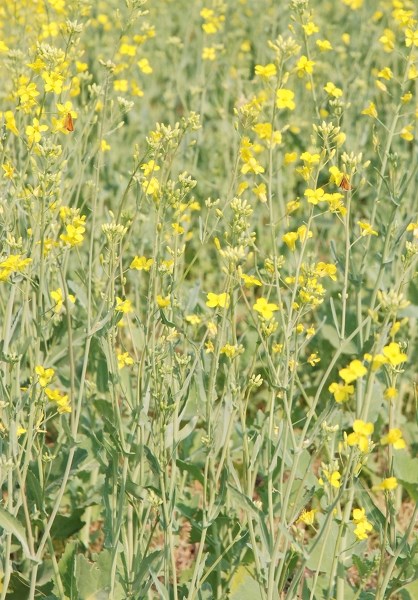Canola fields throughout the county are a bloom, highlighting the countryside with bright bursts of beautiful yellow.
But the Canola Council of Canada (CCC) recommends now is the time for farmers to begin the pre-harvest disease watch.
“Knowing the diseases you have at the end of the season is the only way to know how successful your disease management strategies have been this year and what you need to do for 2015 in order to be disease free,” said Agronomy Specialist with the CCC Clint Jurke, in a press release.
“You only get one small window to do this well. Don’t let it slip by.”
There are three major stem diseases – blackleg, clubroot and sclerotinia stem rot – and the CCC has released a new pre-swath disease scouting video on proper identification of the major diseases.
The video is available at canolacouncil.org
To identify blackleg, the CCC recommends pulling up diseased plants and slicing through the stem just below ground level.
If the tissue inside the stem is blackened, it is likely blackleg.
The Alberta Agriculture and Rural Development (AARD) website describes blackleg as a fungal canker or dry rot disease that causes dead patches that appear as pepper-like spots on canola leaves, pods and stems.
For clubroot carefully dig up diseased-looking plants and look for galls (clusters of enlarged cells) in the roots.
According to AARD, these galls tie up nutrients and severely infect the roots, making it so the canola cannot transport sufficient water and nutrients to the part of the plant aboveground.
This results in wilting, stunting and yellowing of canola plants in the late rosette to early podding stage.
Sclerotinia stem rot is also known as white mould because of the visible white mould on the stem and pods of infected plants.
The CCC calls it one of the most destructive diseases of canola.
As the infested stem dries, it will become bleached or brown and if the stem shreds apart when twisted, it is likely the work of Sclerotinia stem rot.
If the bleached stem contains hard, black sclerotia bodies, similar in appearance to mouse droppings, this is a sure sign of the disease.
“Scouting fields now and right up to cutting is the best time to identify diseases because infected plants are often turning colour while the rest of the crop is still green. Assessing while swathing works too – getting off the swather to check problem patches – but waiting until the weeks after swathing to check stems is too late to make an accurate diagnosis,” Jurke said.
If farmers wait until after swathing, the plants are drying down and distinguishing diseased stems is more difficult.



